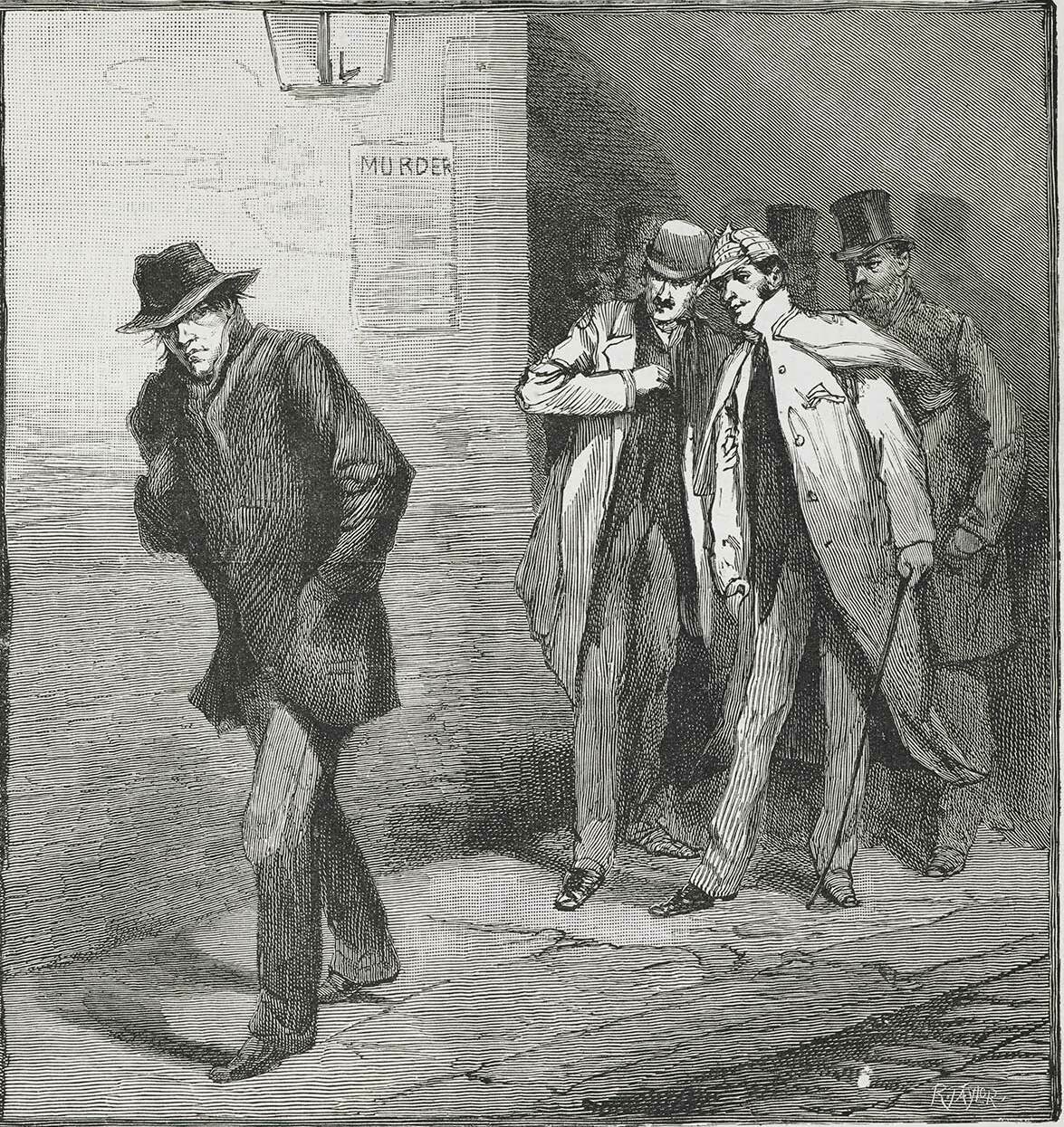

Fran Jacob's
The Shadow Seer (see note below) is a different breed of fantasy. The protagonist is a young prince named Candale who is second in line to the throne of Carnia behind his father Gerian and grandfather Sorron. Candale is on the cusp of manhood and chaffing under the control his father exerts. He is physically attractive though very inexperienced with girls, enjoys the benefits of a loving family and life at the top of the social order, has a younger sister, and generally wishes the best for everyone. In short, Candale is a nice guy, someone with whom everyone would like to be friends. Unfortunately, Candale is not what most would consider king material. He is barely adequate with a sword despite intensive training, tends to go off on his own without considering the consequences to himself and others, and suffers from seizures, probably some form of epilepsy, which give him the appearance of physical weakness. Unlike most fantasy heroes who are either able to hold their own or singlehandedly defeat legions in combat, Candale requires protection from body guards or loyal friends and without such assistance, he would be dead.


The story opens with Candale near death. He has been wasting away from some sort of illness, growing increasingly weak. All the healers have failed to reverse Candale's demise. Only the intervention of Mayrila, a powerful witch whom Candale's father despises, restores Candale to health. Mayrila contends that Candale was poisoned. Her claims are initially dismissed. Why would anyone want to kill Candale? Then Candale learns that Mayrila is his biological mother and that she and others believe him to be the long-prophesied Shadow Seer, who will have visions of a dark future when all the kingdoms will collapse. Mayrila has evidence to prove her claims but Sorron and Gerian are not convinced and banish Mayrila from the castle, requiring her to swear on a truth stone that she will not spread rumors about Candale. Candale, meanwhile, has some odd dreams and begins to reinterpret his life in light of Mayrila's claims. Another attempt is made on Candale's life. Only the intervention of Trellany, who becomes Candale's bodyguard, saves him. An organization dedicated to killing the Shadow Seer in the hope of preventing his prophecies from being fulfilled believes Candale is the Shadow Seer.
Candale slowly comes to believe he is the Shadow Seer despite everyone close to him telling him that he is not. He tries to find out as much as he can about the Seer but the castle library yields little. The book he needs to see,
The Rose Prophecies, is housed at White Oaks, a school for mages, which lied many days distant and winter, when travel will be impossible, is approaching. Sorron agrees to ask that the book be brought to the castle in the spring so that Candale can put his concerns to rest once and for all, but Candale doesn't want to wait. He and his friend Teveriel--a bard--hatch a plan to escape the castle and travel to White Oaks before winter. They make their escape and are later joined by Trellany who scolds Candale for not trusting her loyalty to him as his bodyguard. After an arduous journey, they reach White Oaks, where Candale spends the winter and learns without a doubt that he is the Shadow Seer. Now Candale faces an even greater set of challenges. How to deal with the horrible visions of death and destruction that the Seer experiences. How to deal with the future madness that has been predicted for the Seer. How to deal with supernatural beings in the form of shadows that threaten him and everyone close to him. And how to deal with the demon Ellenessia, who has some connection to the Shadow Seer. On top of all that, Candale is supposed to be preparing to someday be King.
Jacob's pacing for
The Shadow Seer is patient. If you are looking for a fast read with lots of harrowing fight scenes,
The Shadow Seer is not for you. The first part of the story concentrates on life at court while the second half focuses on Candale's experiences at White Oaks. Foremost in the narrative is the drama of family and interpersonal relationships. Although there's nothing sexually explicit in
The Shadow Seer, Jacobs does address Candale's thoughts on his own and others sexuality. It rounds out his character. There are a few hints that Teveriel might fancy a homosexual relationship with Candale although Candale does not appear to share his friend's interest. It's not a major part of the plot, but if this sort of theme bothers you, consider yourself warned. Candale does much talking and soul searching regarding his destiny. Jacobs takes her time to provide compelling portraits of the major characters.
The Shadow Seer is the type of book George Eliot would have written if she had chosen fantasy instead of history. Both Candale and the student mages at White Oaks face a future riddled with difficulties through no fault of their own. Candale becomes the Shadow Seer when Mayrila gives birth to him and the young mages are born with their abilities. Candale must confront an uncertain future. While the mages are safe within the bounds of Carnia, they face prejudice and possible execution at the hands of peoples in neighboring lands.
Although Jacobs earns high marks for the uniqueness of her story line, the novel suffers from a limited point of view and repetition. Jacobs tells her story entirely from Candale's point of view. For a novel as long as
The Shadow Seer, the limitation becomes suffocating and reduces the story to a single plot narrative. What do other characters think of Candale? What are they doing outside of Candale's observation? We only know what is reported to Candale or what he sees. Imagine The Lord of the Rings told exclusively from Frodo's point of view, from within his head. The second issue is the novel's length. At well over six hundred pages,
The Shadow Seer is quite a doorstop. Does it need to be that long? I think another editing pass would have shortened the book as there are numerous cases where the characters say more than they need to say. Consider the following examples. (I read the book in a galley format in which the page numbers do not correspond to the final printed versions so I will give chapter names instead of page numbers.)
In this instance, Candale is wondering what to do about the voices he is hearing. "I didn't know what I was going to do about this.
I didn't know how to even begin thinking about how to handle this" (emphasis mine, from the chapter entitled "Silver"). The second sentence is unnecessary. It restates the idea from the first sentence.
Consider this dialog: "It's my duty, Silver.
It's what I have to do. I don't have a choice. I'm sorry" (emphasis mine, from the chapter entitled "Silver"). The two sentences in the middle define duty.
In the following paragraph, Candale is talking to Trellany about getting help from Mayrila to control his visions. Keep in mind that most of this chapter has been about acquiring help from Mayrila to control his visions.
I gulped down the wine in my glass and nodded. "I-I don't think I have much of a choice," I said. "
I need to find a way to control them, to stop them interrupting my life, to prevent them hitting during a-a ball or a banquet ... If Mayrila thinks this is necessary,
so that she can help me to do that, then I have to trust her judgement
on this. She's here to help, after all (emphasis mine, from the chapter entitled "Visions and Prophecies").
All of the highlighted text has been previously stated or so strongly implied that it's a given. I agree that someone might restate the obvious over and over again in conversation, but dialog in a story is not supposed to be "realistic" in that regard. The author should employ some economy to spare the reader such endless repetition. The reader knows what is worrying Candale and the reader knows that Candale wants Mayrila to help him.
Thanks to Fran Jacobs for providing me a copy of
The Shadow Seer for review.
Note: Jacob's first installment in the Ellenessia's Curse series is published in two parts. I'm reviewing parts one and two together.
















